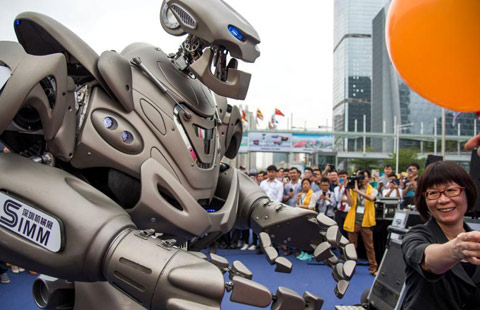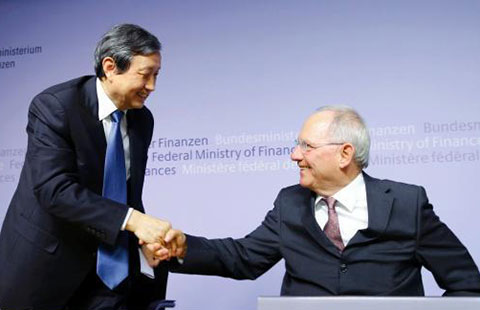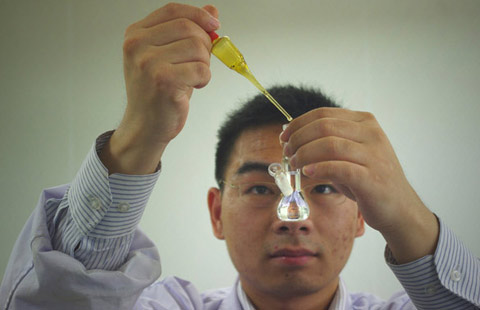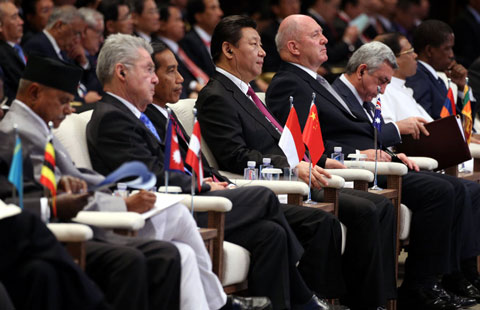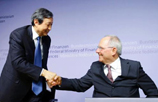No pain, no gain in trade transformation
By Nie Pingxing (China Daily) Updated: 2015-03-02 07:00But the good news is that the Chinese economy's reliance on trade has been reduced in recent years. Net exports are no longer the dominant engine of economic growth. Indeed, in some quarters in recent years, exports have even negatively affected economic growth. Therefore, a temporary negative growth rate in trade is not totally unacceptable for both industrial players and government officials.
Over the long term, China's trade needs to develop along two paths.
First, there needs to be more measures that facilitate trade. Bureaucracy must be eliminated while administrative regulations should be simplified. One example of the benefits of loosening restrictions can be seen in the Shanghai Free Trade Zone. Last year, foreign trade in the zone amounted to more than 760 billion yuan, increasing 8.3 percent, beating the city's average of 3.7 percent and the national average of 3.4 percent.
Tianjin as well as Guangdong and Fujian provinces have already won the central government's approval to establish their own free trade zones, while many other provinces and regions including Xinjiang, Guangxi, Shandong, Liaoning, Shaanxi and Henan are all planning to apply for FTZs. With Shanghai's experience promoted nationwide, foreign trade will get a boost.
The second impetus' effect may be not as evident as the FTZs, but it is more essential: a structural change in exports. With the global relocation of labor-intensive production, China's exports will have to climb the value chain. Shoes and clothes and even low-end machinery gradually must be replaced by higher-end products that feature sound branding, independent intellectual property rights and global competitiveness.
In this regard, the government's push for heavy equipment such as railways and nuclear equipment can help improve China's exports structure. With progress in the "One Road, One Belt" initiatives - the Silk Road Economic Belt and the 21st Century Maritime Silk Road - more high-end, made-in-China exports are expected to be shipped overseas.
It will take time for all these positive structural changes to take place. Before the transition is done, China's trade will continue to undergo some bumps in the road.
The author is a researcher at the Chinese Academy of International Trade and Economic Cooperation in Beijing. The views do not necessarily reflect those of China Daily.
- Israel requests to join Asian Infrastructure Investment Bank
- Chinese stocks rebound on April 1
- China, the West in Africa: more room for cooperation than competition
- Nanjing cuts taxi franchise fees
- Air China increases flights to Milan, Paris
- JD.com raises delivery charges
- Veteran corporate strategist upbeat about China economy
- L'Oreal China sales revenue up 7.7% in 2014
